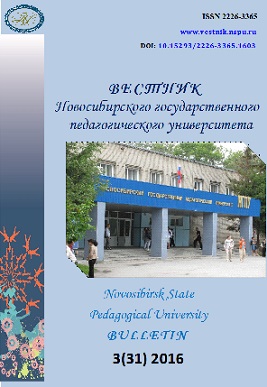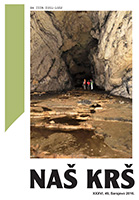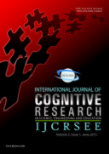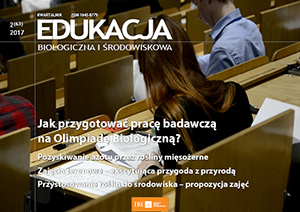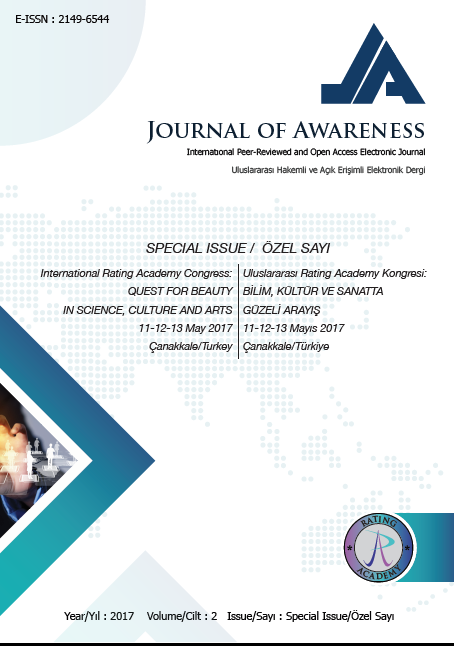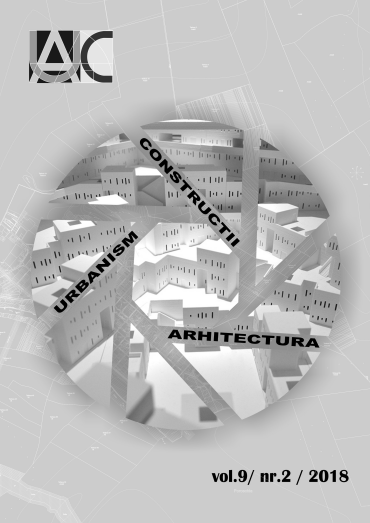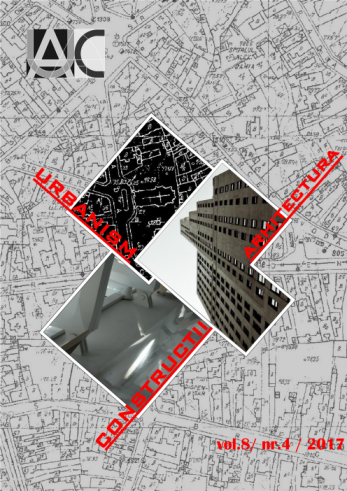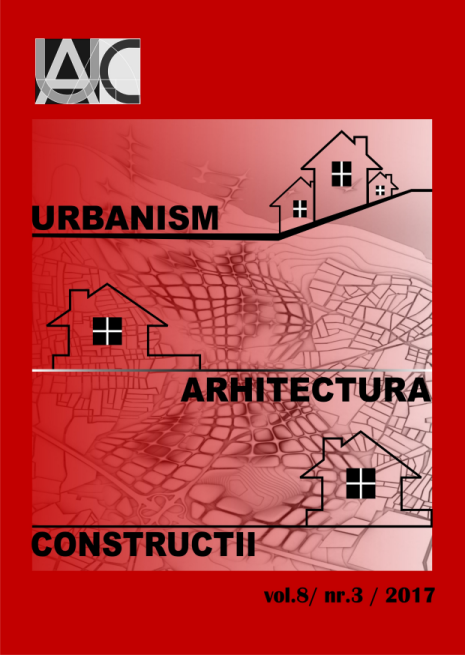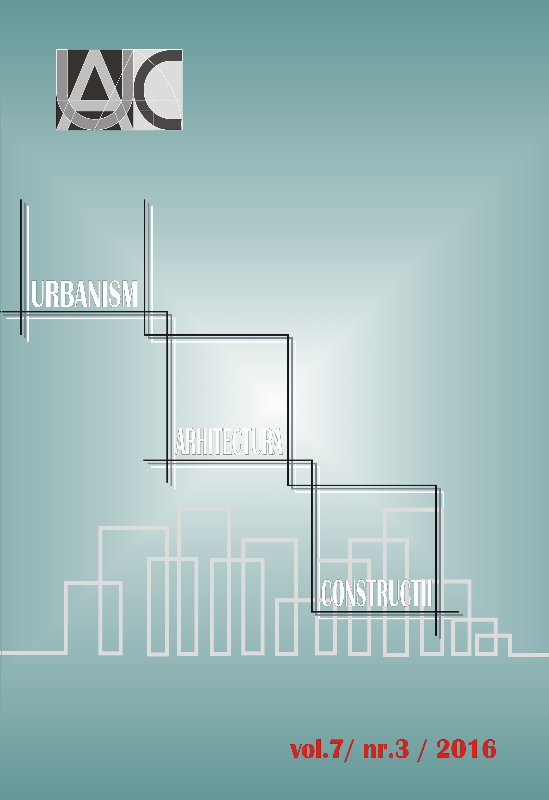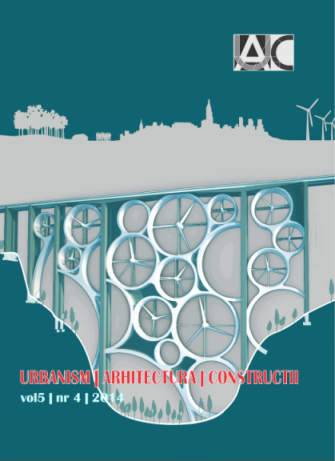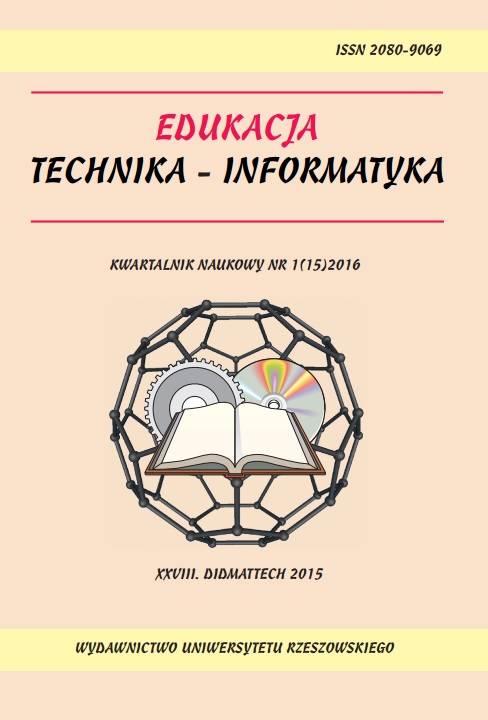
Konkurencyjność technologii odnawialnych źródeł energii
W artykule porównano konkurencyjność poszczególnych technologii odnawialnych źródeł energii, biorąc pod uwagę zrównoważenie czynników środowiskowych, bezpie-czeństwa energetycznego i aspektu ekonomicznego. Podkreślono znaczenie prognozo-wania kosztów energetyki. Stwierdzono, że fotowoltaika pochłania najwyższe koszty inwestycyjne, a najmniej kosztów wymaga rozwój farm wiatrowych lądowych i mor-skich oraz pozyskiwanie biogazu wysypiskowego. The article compares the competitiveness of renewable energy technologies, taking into account the balance between environmental factors, energy security and economic aspect. It emphasized the importance of forecasting the cost of energy. It was found that the photovoltaic consumes the highest investment costs and the lowest cost needs the development of wind farms onshore and offshore, and biogas landfill.
More...
